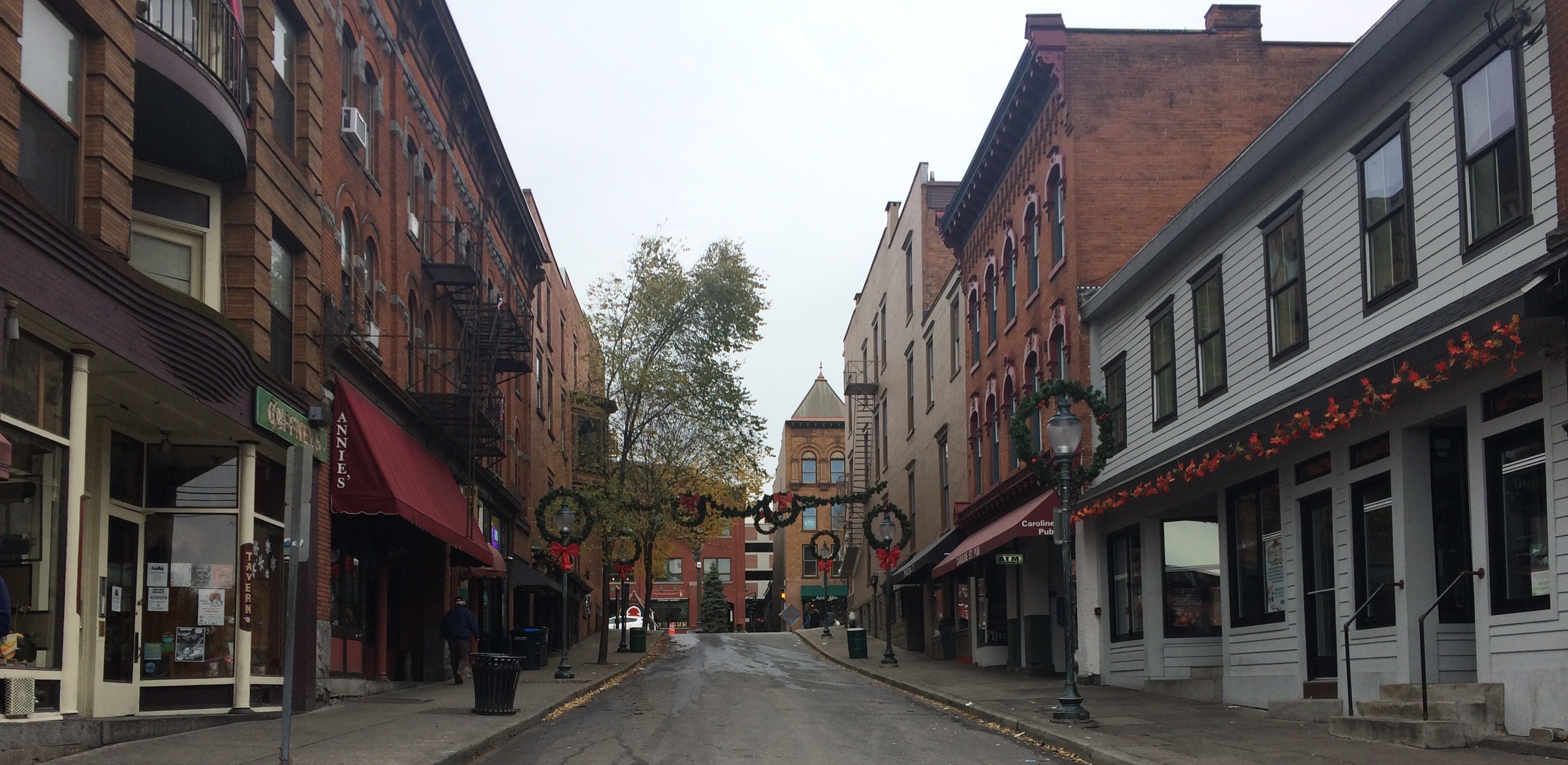

Resort hotels developed to accommodate them. Tourism was greatly aided by the 1832 arrival of the Saratoga and Schenectady Railroad, which brought thousands of travelers to the famous mineral springs. Its principal community was incorporated as a village in 1826, and the entire region became a city in 1915. Saratoga Springs was established as a settlement in 1819 from a western portion of the Town of Saratoga. The surrender of the sword of battle took place where Fort Saratoga had been, south of Schuylerville. The British encampment before the surrender at Saratoga took place 10 miles (16 km) east of the city, in Schuylerville, where several historical markers delineate points of interest. A museum dedicated to the two battles sits on the former battlefields. Rather, the battlefield is 15 miles (24 km) to the southeast, in the Town of Stillwater.

The Battle of Saratoga, the turning point of the Revolutionary War, did not take place in Saratoga Springs. Putnam also laid out the roads and donated land for use as public spaces. The springs attracted tourists, and Gideon Putnam built the first hotel for travelers. The first permanent European-American settler built a dwelling in the area circa 1776. He achieved great wealth from trading and landholdings, and was knighted for his service to the Crown with the Iroquois.) Perspective map of Saratoga Springs with image of racetrack inset and list of landmarks from 1888 by L.R. He had learned the language and created many trading relationships. (In 1756, Johnson had been appointed British Superintendent of Indian Affairs in the Northeast region due to his success in building alliances with the Mohawk and other Iroquois tribes. In 1767, William Johnson, a colonial British officer who was a hero of the French and Indian War, was brought by Native American friends to the spring to treat his war wounds. Shortly thereafter, British colonists settled the current village of Schuylerville approximately one mile south it was known as Saratoga until 1831.

During the early part of the 1700s, settlers from Europe began to develop the area. The British built Fort Saratoga in 1691 on the west bank of the Hudson River. The Mohawk Indigenous people used the area that is now Saratoga Springs as prime hunting ground, and some thought of the mineral springs as a gift from Manitou. See also: Timeline of Saratoga Springs, New York


 0 kommentar(er)
0 kommentar(er)
